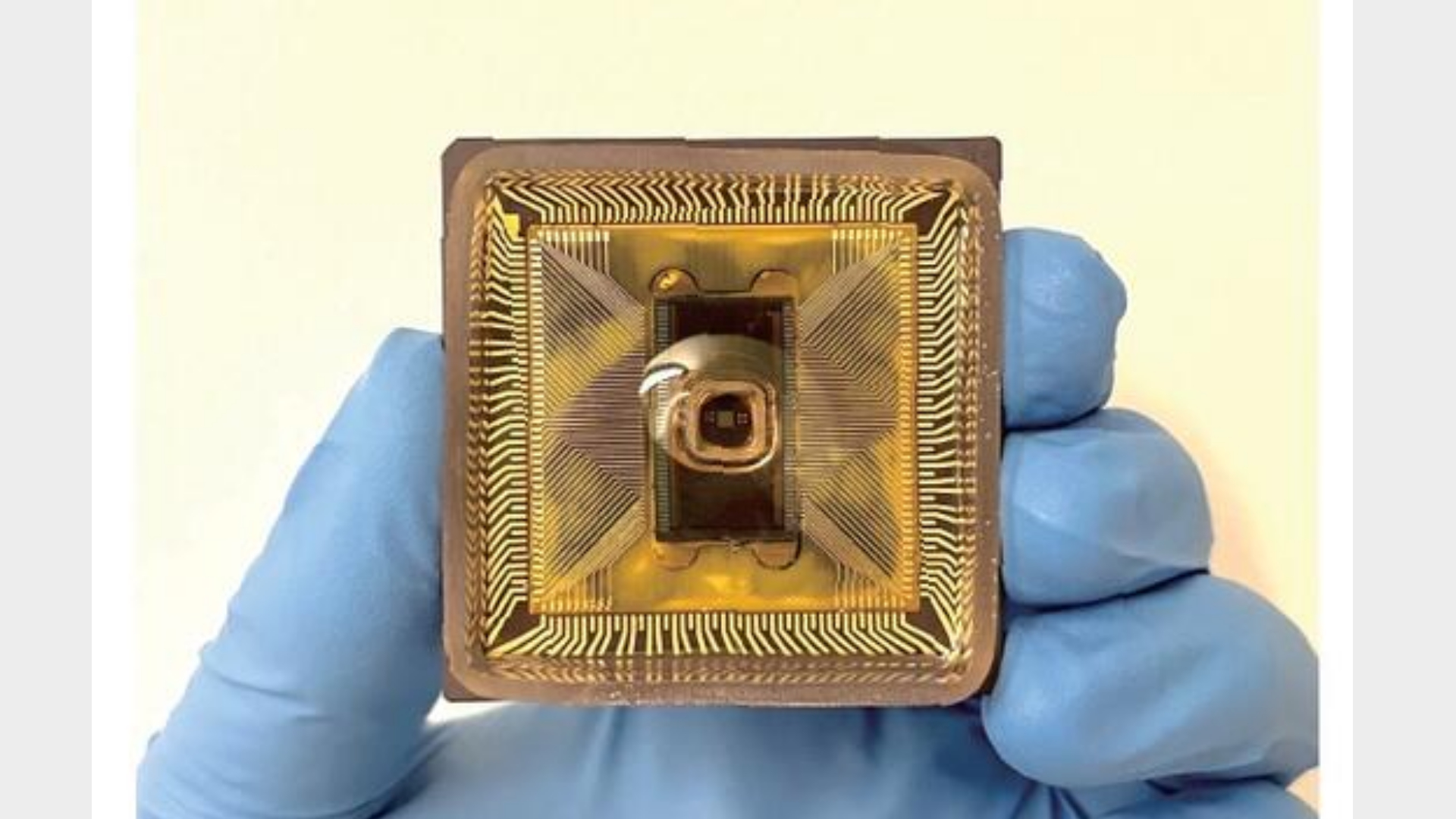Water-based chips could be the future of neural networks
Though ionic wafers would be more energy efficient, they're likely to be much slower.

Researchers are working on water-based microprocessors that could one day be used as a more diverse alternative to the current wafer architecture of today, with applications ranging from AI to DNA synthesis and likely beyond.
The chips in question are still in the prototype stage, so don't expect processors with built in water cooling just yet, but the way they work is really exciting. They use a technique called ionics, which involves manipulating different ion species in liquid, as opposed to the standard electrons shooting through our semiconductors today.
It's more akin to how the human brain handles data processing, and although the technique may be slower than current semiconductor architectures, scientists believe "the diversity of ionic species with different physical and chemical properties could be harnessed for richer and more diverse information processing."
That's according to a post from the Harvard John A. Paulson School of Engineering and Applied Sciences (SEAS). Collaborating with startup DNA Script, researchers from SEAS recently published findings describing how they combined ionic diodes and transistors—something no research team had done before—to develop an ionic circuit.
Although the simple 16 x 16 array is a long way from matching the power of the 100 billion transistors found in Intel's 12th Gen wafers, or the Apple M1 Ultra's 114 billion transistors, the researchers did manage to perform a neural net computing core process.
They used said array to "expand the analog arithmetic multiplication of individual transistors into an analog matrix multiplication." Yeah I'm pretty lost here, too. Thankfully SEAS postdoctoral fellow Woo-Bin Jung explains that "Matrix multiplication is the most prevalent calculation in neural networks for artificial intelligence." He says their "ionic circuit performs the matrix multiplication in water in an analog manner that is based fully on electrochemical machinery."

Best CPU for gaming: The top chips from Intel and AMD
Best gaming motherboard: The right boards
Best graphics card: Your perfect pixel-pusher awaits
Best SSD for gaming: Get into the game ahead of the rest
The transistors work through manipulation of local PH values, which enables the researchers to control the chips' weight matrix, similarly to that of a neural network.
Keep up to date with the most important stories and the best deals, as picked by the PC Gamer team.
Not only could there be potential for applications such as accelerating DNA synthesis and other neural networking processes, Professor of Electrical Engineering and Applied Physics at SEAS Donhee Ham says "the electrochemical matrix multiplication in water is charming in its own right, and has a potential to be energy efficient.”
So far, Jung notes that only "3 to 4 ionic species, such as hydrogen and quinone ions" have been tested, but as the researchers move on to testing other ionic species, the information processing is only going to become richer and more diverse.
Maybe one day we'll see neural networks running off water-based ionic chips. They'll be far more energy efficient, but likely much slower.

Having been obsessed with game mechanics, computers and graphics for three decades, Katie took Game Art and Design up to Masters level at uni and has been writing about digital games, tabletop games and gaming technology for over five years since. She can be found facilitating board game design workshops and optimising everything in her path.

